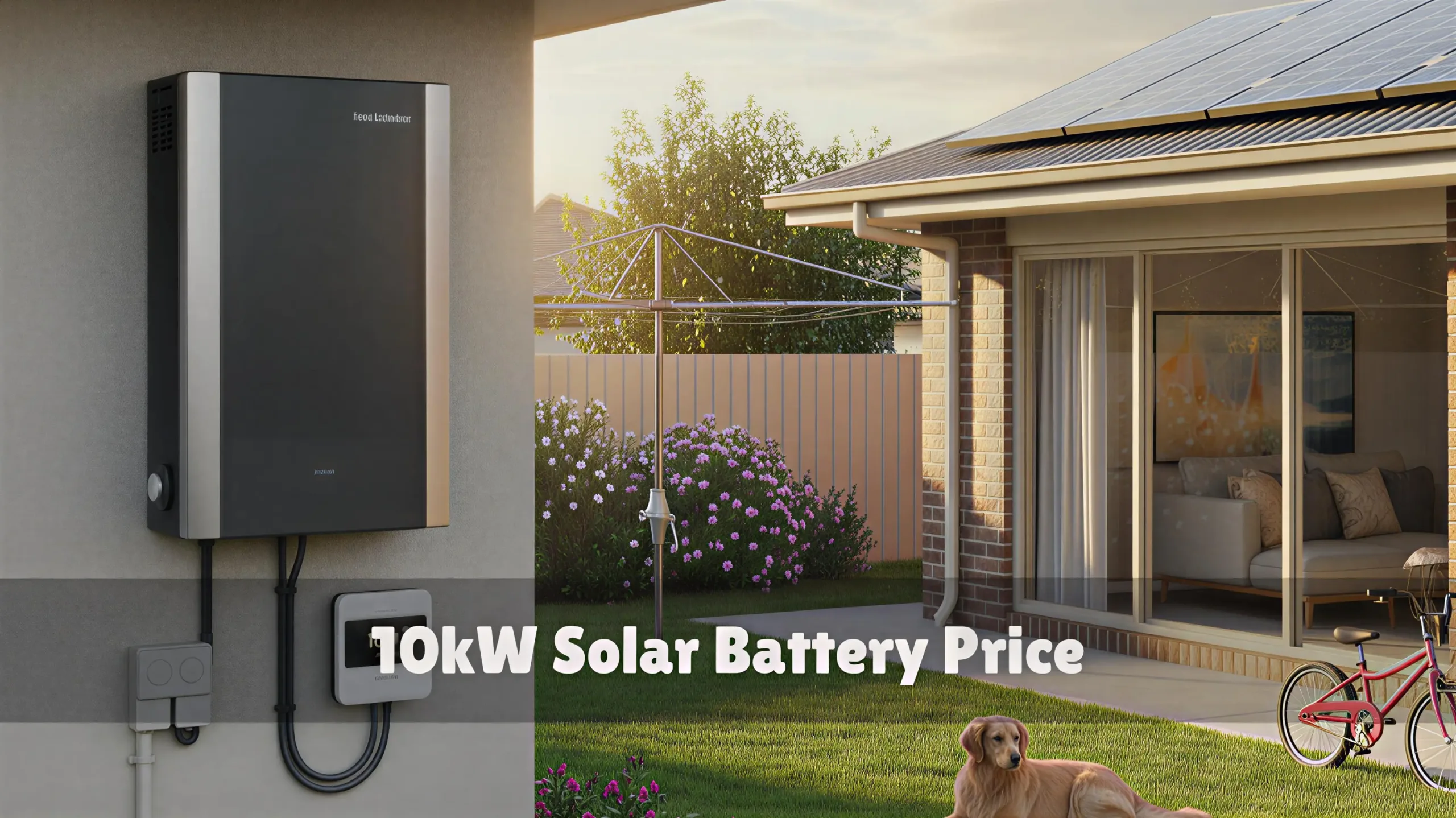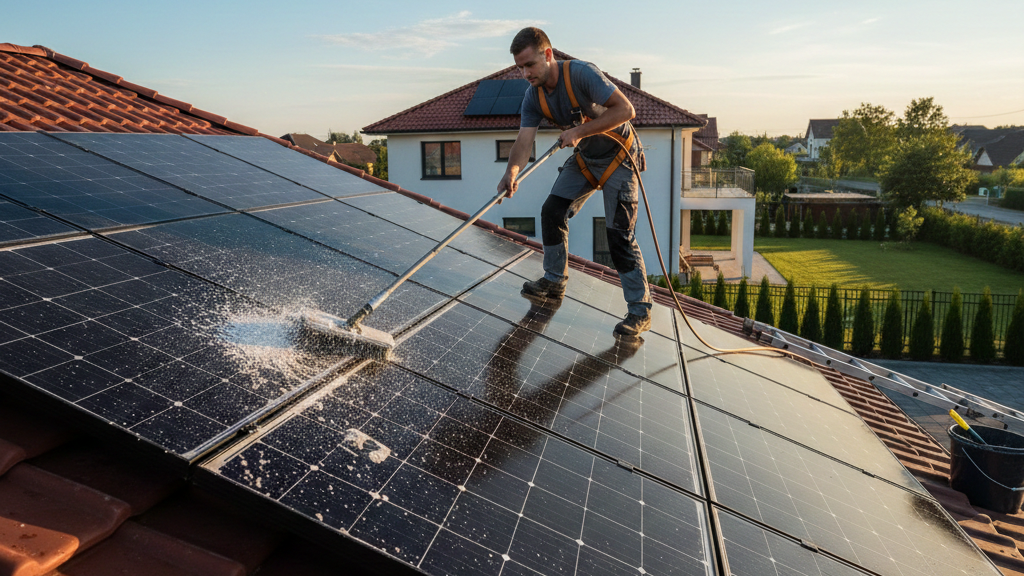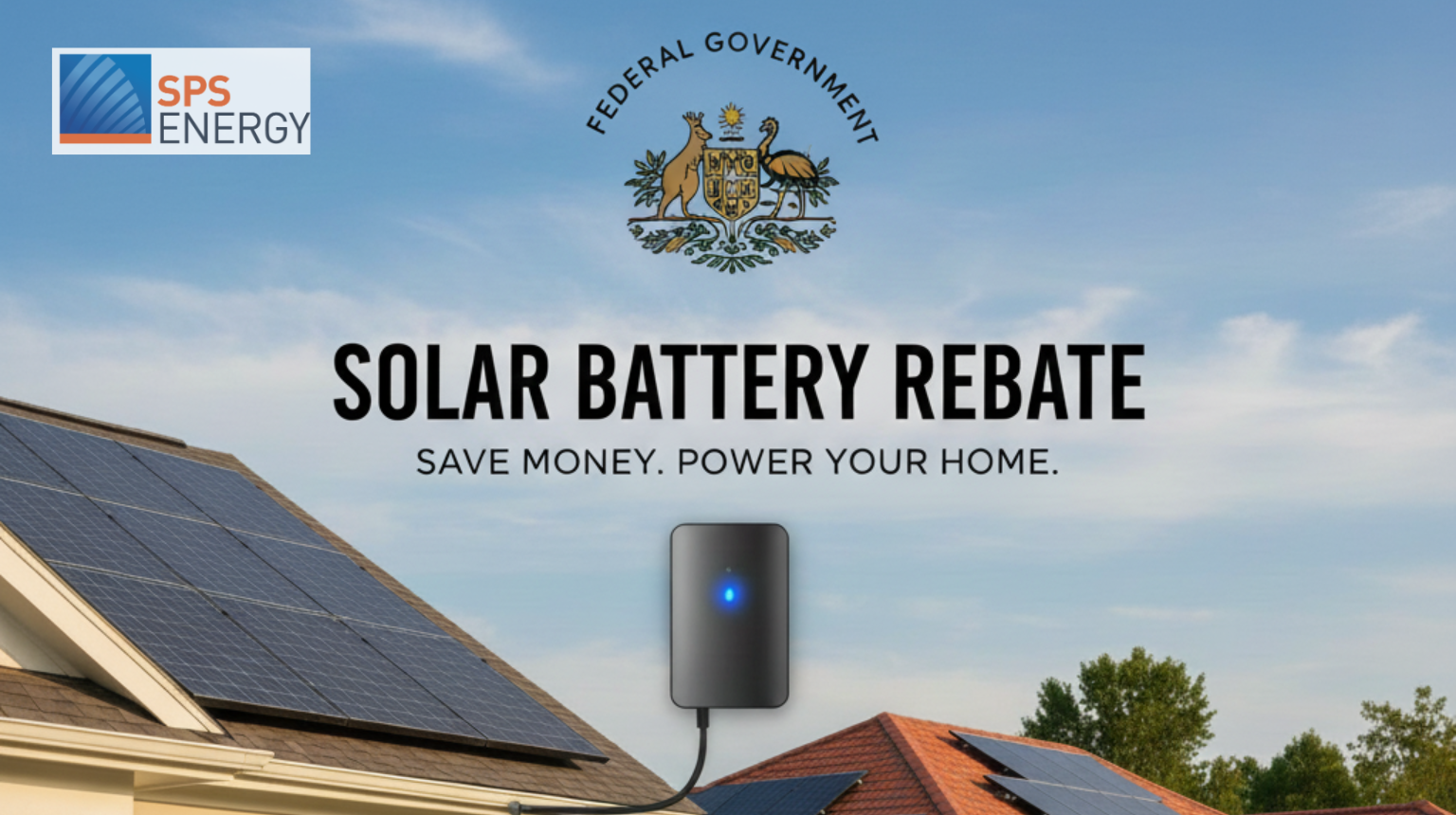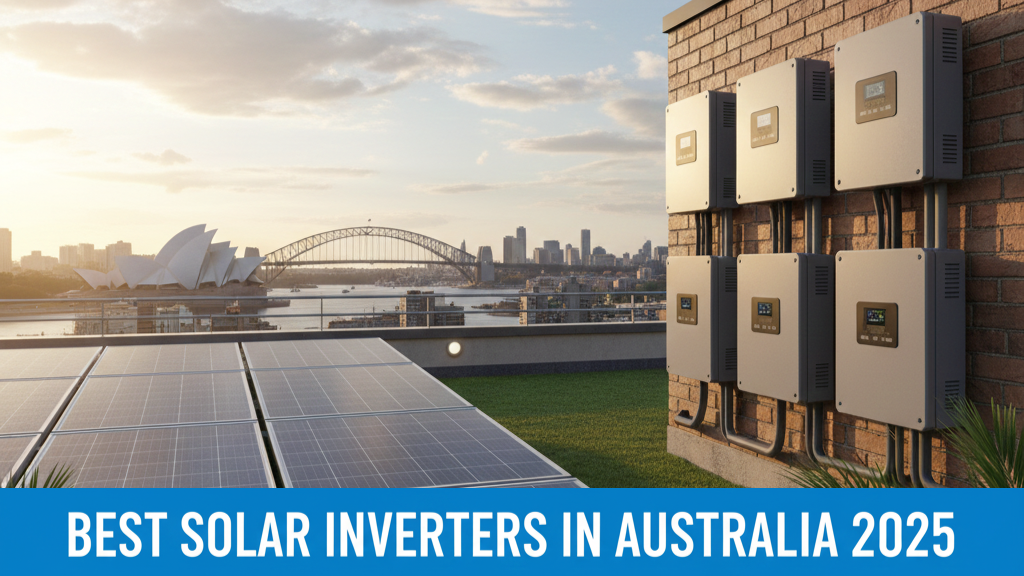Looking to reduce the cost of going solar? You’re in luck. Solar panel incentives are available across Australia to help households and businesses install solar systems or batteries. These programs include government rebates, subsidies, and loan options, all aimed at reducing the cost of installing solar panels and making renewable energy more accessible than ever before.
Whether you’re a homeowner, renter, small business, or landlord, you may qualify for one or more solar rebate schemes. From federal initiatives like the Small-scale Renewable Energy Scheme (SRES) to local state-based programs, there are several ways to save on solar power rebates in 2025.
1. Australian Government’s SRES: Small-Scale Solar Rebate Explained
The Australian government’s Small-scale Renewable Energy Scheme (SRES) is one of the most well-known solar panel incentives.
How It Works:
- When you install or upgrade a rooftop solar system, you earn STCs based on how much clean energy your system is expected to generate until 2030.
- Solar retailers usually claim these certificates and deduct their value from your total system cost.
- This effectively acts as a government solar rebate, reducing your upfront expense.
Eligibility Requirements:
- The system must be under 100 kW in size.
- It must be installed by an accredited professional through Solar Accreditation Australia.
- Your solar panels and inverters must be listed by the Clean Energy Council as approved equipment.
This scheme is available nationwide and applies to most solar panel installation in Eumundi projects for homes and businesses.
2. Cheaper Home Batteries Program – Starting 1 July 2025
Beginning 1 July 2025, the federal government is launching the Cheaper Home Batteries Program, offering around a 30% discount on the cost of installing a battery system. Along with improving your solar setup, it allows you to store excess energy for use at night or during power outages.
This initiative adds to the growing list of solar panel incentives, making it easier to transition to energy independence.
3. State, Territory, and Local Solar Incentives
Many state and local governments also provide their own interest-free loans and rebates to support solar power installation, complementing federal programs. These vary depending on where you live and your eligibility.
You may qualify for:
- A solar rebate or subsidy that reduces the upfront cost of your solar panels or battery system.
- An interest-free or low-interest loan, allowing you to pay off the system over time.
- A rebate swap, where you exchange an existing government energy concession for a subsidised solar system.
- Check with your state or local council to see what solar panel incentives are currently available in your area.
4. Interest-Free or Low-Interest Solar Loans
If you’re concerned about upfront costs, solar loans are another way to access the benefits of solar without a large initial outlay. Several state and local authorities offer interest-free or low-interest loans specifically for solar panel installation or batteries.
Loan Benefits:
- Helps reduce or eliminate the upfront cost.
- Pay off your system using your electricity bill savings.
- No need to provide assets as security.
- Repaid in manageable instalments over a set term.
Eligibility May Depend On:
- Your household income or business turnover.
- The size and type of solar system.
- The value or location of your property.
For even bigger savings, these solar loans can frequently be paired with solar power rebate programmes.
5. Combining Rebates and Loans
Some states allow you to combine different types of solar panel incentives, such as pairing a solar rebate with an interest-free loan. This double benefit makes it much easier for Australian families and businesses to transition to clean energy without financial strain.
Importantly, these can all work alongside the federal STC rebate scheme.
6. Solar Incentive Swaps: Turning Energy Rebates into Solar Savings
A rebate swap allows eligible households to exchange a regular energy concession or bill rebate for a subsidised solar panel installation. This option is typically available for low-income earners or concession card holders, offering long-term value through lower energy bills.
These schemes are designed to give you more financial return over time than the rebate you’re giving up. Terms vary, so check your state’s program for specific conditions.
Why Take Advantage of Solar Panel Incentives Now?
Investigating solar panel incentives is more important now than ever before because energy costs are rising and environmental concerns are becoming more pressing. Government programs in 2025 are some of the most generous to date especially with the introduction of the Cheaper Home Batteries Program.
By accessing a mix of government solar rebates, solar power rebate schemes, and loan programs, you can dramatically cut of the solar panel installation cost, accelerate your return on investment, and help create a cleaner energy future.

Find Out What’s Available in Your Area
Each state, territory, and council has different programs, and they can change frequently. To make sure you’re receiving the best possible value:
- Check official government energy websites
- Speak with a solar provider accredited by the Clean Energy Council for expert guidance and trusted service.
- Use postcode-based rebate calculators online
Understanding and using these solar panel incentives could save you thousands over the life of your system.







